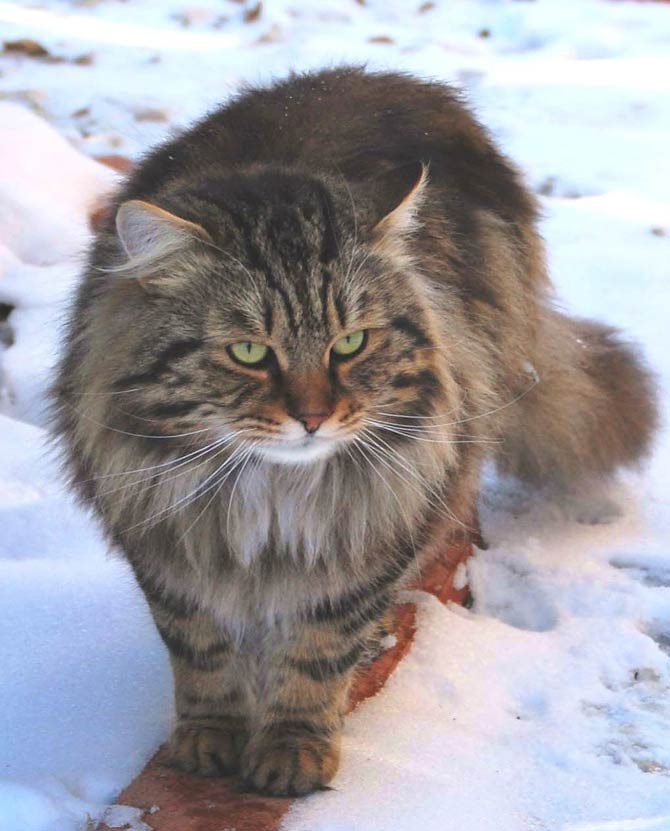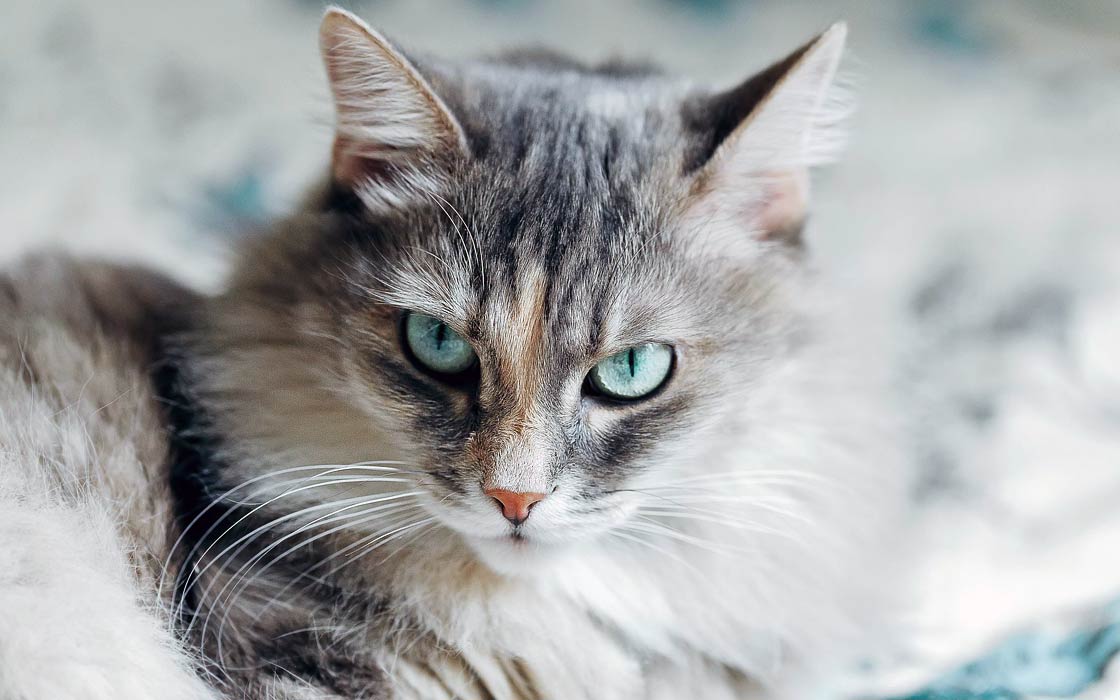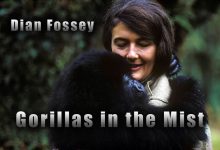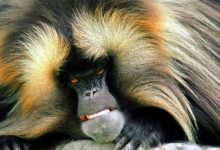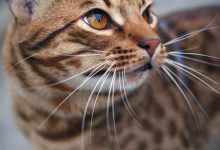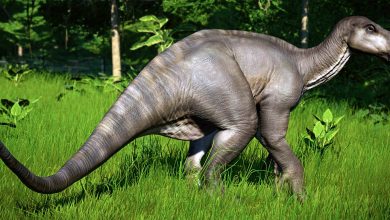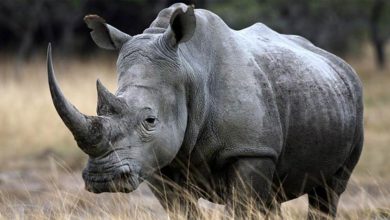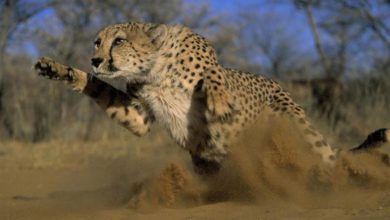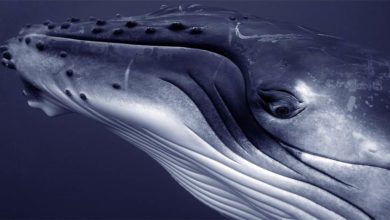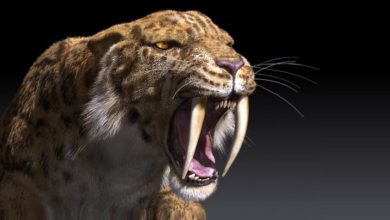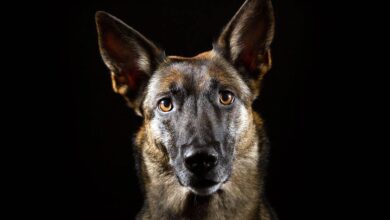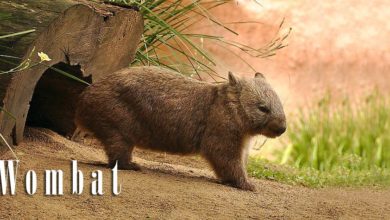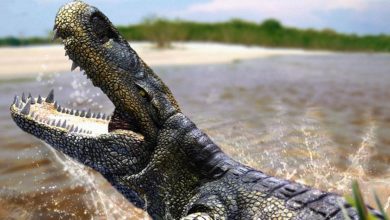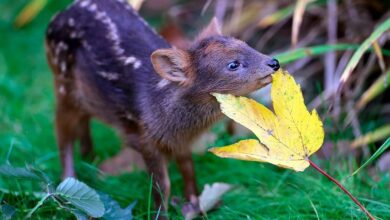Siberian Forest Cat
Under a thick, beautiful coat lurks a well-balanced and loving cat who values human company. The Siberian cat is also one of the few cats that can form family groups. Probably these features are a remnant of wild ancestors inhabiting the hostile forests of Siberia. The Siberian cat as a breed was formed on the territory of the Urals and to the east of the Urals – in Siberia. Severe weather conditions, an abundance of snow, severe frosts and winds contributed to the appearance of a long dense coat and a thick undercoat in the Siberian cat, protecting the animal from the cold. Siberian cats are widespread in the north of the European part of Russia, in the central and western regions of the country.
FIFe classification
- Category II: Semi-longhair cats
- EMS code: SIB
- Other names: Siberian Forest Cat, Moscow Semi-longhair, Siebrian, Neva Masquerade – but this name in reference to the Siberian cat is not correct, as the Neva Masquerade has been recognized as a separate breed since 2008
- Country of origin: Russia, Siberia

History of the breed
In Russia, it has been known for about 1000 years and often appeared in Russian fairy tales. It originally inhabited the Siberian taiga, mainly forested areas of the sub-arctic climate. The conditions in which it lived certainly contributed to the creation of a long, dense fur that serves as insulation.
These cats were highly valued by shopkeepers and hosts for their hunting skills. They were great at catching rats and mice, which were a real plague and a threat to the interests of people dealing in grain and other food traders.
It was not until the beginning of the 1990s that the breed appeared in the USA, in 1996 ICA registered it as an official cat breed (CFA did this only in 2006). Siberian cats have gained great popularity due to their alleged hypoallergenic nature.
It turns out, however, that there are both hypoallergenic and allergenic individuals within the breed. It is therefore a very individual trait.
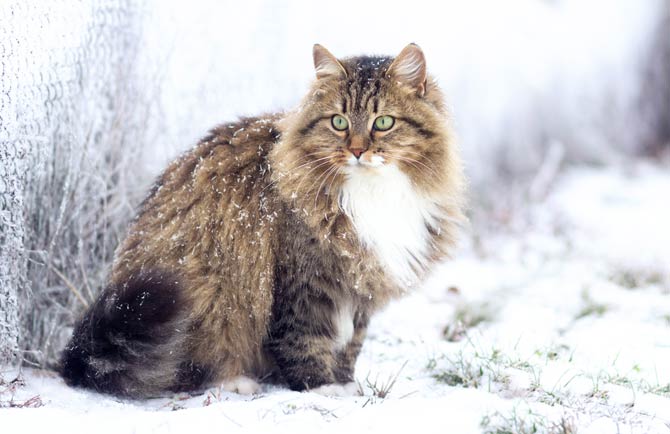
Characteristic
Appearance
The Siberian cat is a strong, heavily built and stately cat. It has very muscular hind limbs and large, round paws. The head is shaped like a rounded wedge. At its top, there are relatively large ears, lined with long hair. The almost perfectly round eyes are green, golden, green-gold or copper in color. Individuals that are white or have white markings may have blue irises.
The beautiful fur consists of 3 layers: top coat and a double undercoat. An impressive ruff forms around the neck, while on the shoulder blades, lower chest and abdomen there is a shorter but thick fur. Pants are visible on the hind limbs. The undercoat is thinner in warm regions, but thickens in cold weather. The color of the coat can be of any shade, pattern and color.
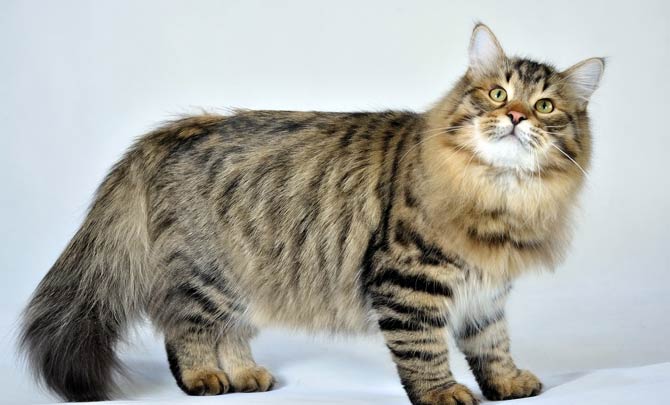
Temperament
It looks alert and tough, but inside there is a cute kitten. Although it comes from a frosty land, its personality is full of warmth. It loves people and wants to be close to them, therefore it likes to follow its owner. It can follow us to the bathroom, “help” with reading, accompany us while watching TV, working at the computer or while eating.
It enjoys grooming its fur, so it may ask for it while lying on the owner’s lap. It welcomes the hosts with gentle grunts and meows. It is very friendly and warm towards its guests, certainly not shy. Apart from tenderness and care, the Siberian cat is also very active and willing to play. It can initiate a game, e.g. by bringing the owner a favorite toy. For this creative quadruped, anything can become a toy, even jewelry that intrigues him a lot.
You can teach it various tricks because, apart from being playful, it is also highly intelligent.
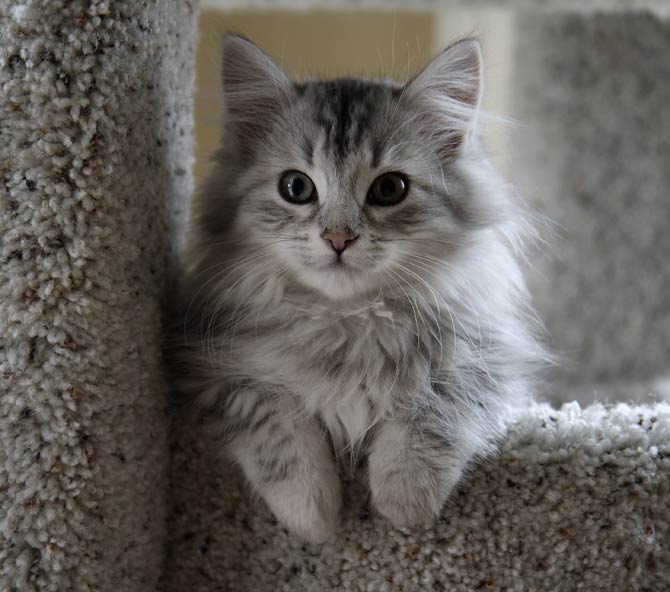
Due to its wild origin, it is very fond of water and hunting. Therefore, we should not be surprised if this cat splashes in the bathtub or drinks tap or fountain water. Thanks to a strong hunting instinct, it can balance on narrow objects, e.g. on the edges of doors. It often looks for the highest lair in the house to have a view of the entire territory.
The gentle nature of the cat makes it a great companion in illness. It eagerly cuddles up to the owner who was decomposed by the flu, becoming for him a hot water bottle and guardian in one. Therefore, despite the desire to be noticed, the Siberian cat can be a patient observer and friend of adults and children.
Health condition
Both pedigree cats and hybrids are rather free from genetic disease. There is, however, hypertrophic cardiomyopathy – a disease that often occurs not only in Siberian cats, but also in other pedigreed cats. It is the growth of the heart muscle and is often fatal.
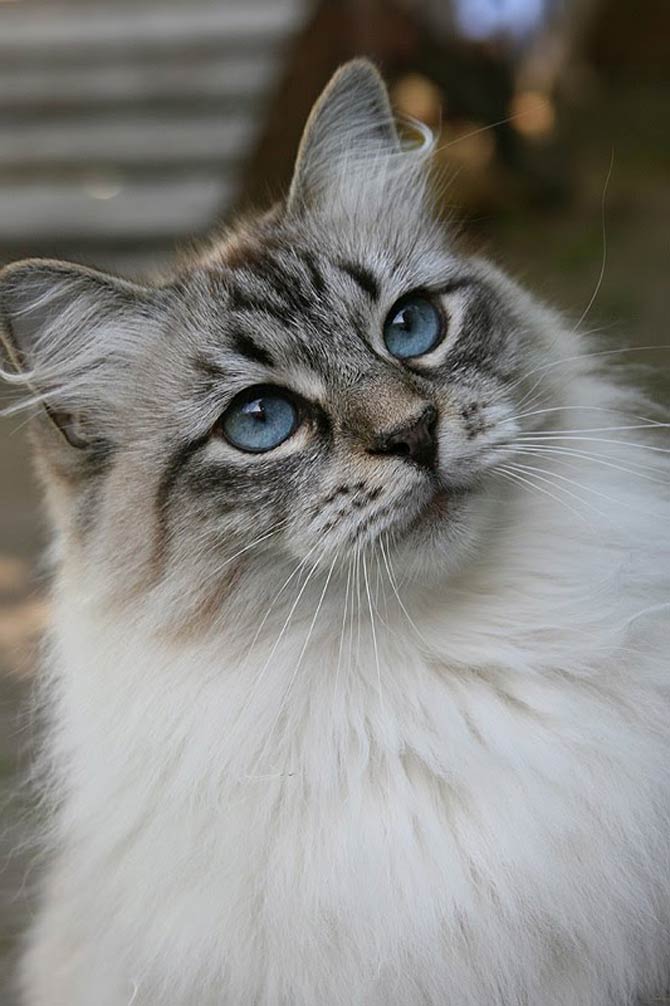
Detailed data / dimensions (size)
Siberian cat
- Height at the withers: 30 cm (11.8 in)
- Weight:
- 3-7 kg (6.6 – 15.4 lb)
- often even 9 kg (19.8 lb)
- Lifespan: 11-15 years
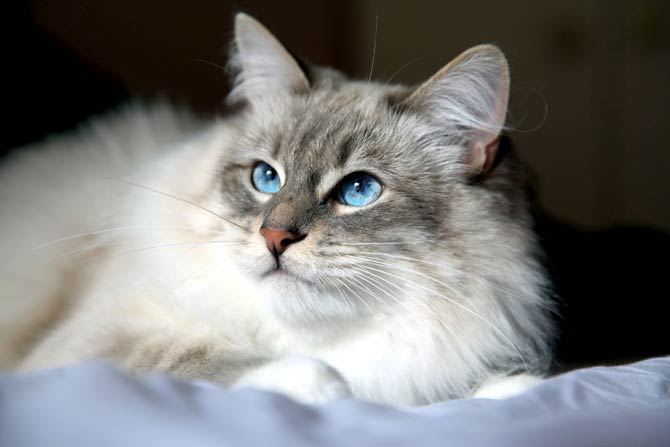
Siberian cat – interesting facts
- Thanks to its strong hind limbs, the Siberian cat is a very agile jumper.
- It can take up to 5 years for a Siberian cat to reach its full size and fur shape.
- In Siberian cats, both the mother and the father can take care of the kittens, provided the latter has access to the litter. The couple may have a strong relationship with each other, so it is not uncommon within the breed, that the female mates with only one chosen male.
- Siberian cats can become sexually mature faster than other domestic cats – even at 5 months of age. It is believed to be a remnant of wild ancestors who died early due to harsh climatic conditions.
- In appearance, behavior and many other features, the Siberian cat resembles the Norwegian Forest Cat and Maine Coon.
- The Siberian cat is one of the most primal breeds of domestic cats – thanks to the ban on breeding purebred animals in Soviet Russia, the breed was almost intact at the genetic level.
